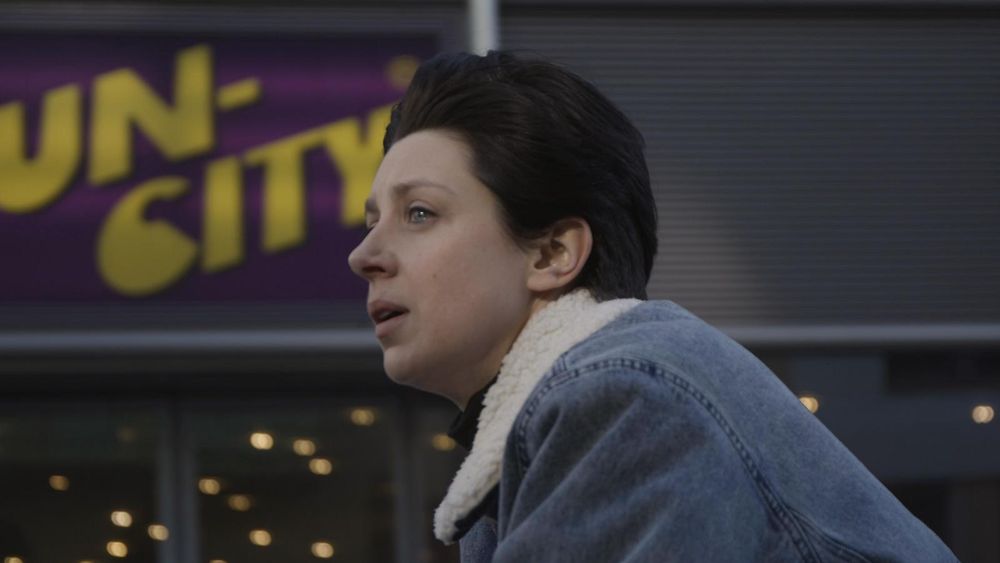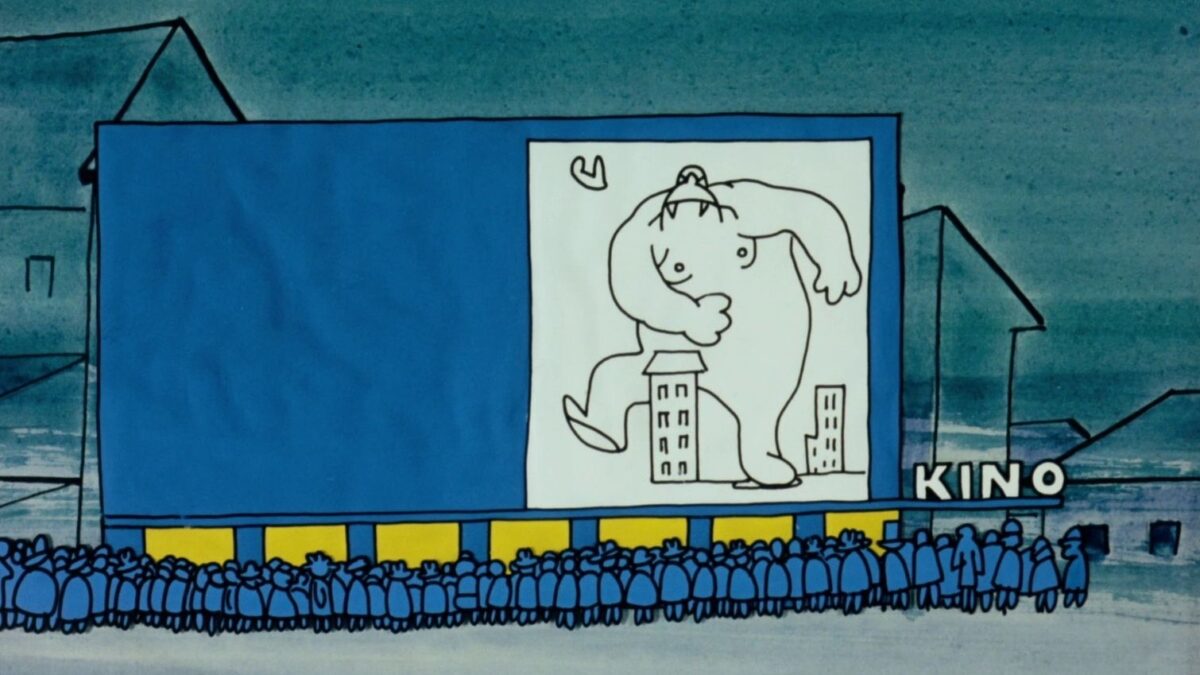Director and visual artist Paula Ďurinová returns to the Karlovy Vary International Film Festival (July 4 – 12, 2025) following last year’s screening of her feature debut Lapilli (interview here) in the Proxima Competition. This year, her new documentary Action Item premieres in the same section.
Your film deals with anxiety, which seems to be increasingly prevalent, especially among young people. Why did you decide to tackle this topic?
The film arose from my personal experience with anxiety and depression, and at the same time, I have always been interested in this topic artistically. The key moment when I decided to make it into a film was a burnout experience I went through myself a few years ago. I needed to understand this experience in its broader context. I started reading various essays and zines that criticized the privatization of mental health and looked at its political dimensions. Until then, I had been used to seeing what I was going through as something personal, something I had to deal with on my own. I was interested in how different artists, whose work has a collaborative dimension, were dealing with this topic. In Berlin, I also joined several collectives that functioned on the border between a support and a discussion group. All of these elements inspired me in how to approach the film.
The film constantly reminds us that the source of anxiety is mainly the political, economic, and social situation that many people and societies find themselves in. Was it important for you to point out that the “epidemic” of anxiety is not an individual problem, but a structural one?
In the film, I wanted to emphasize in particular the process of a person moving from their personal experience, which is lived privately and in silence, to a broader context, which they find through sharing with a group of people. One evening I met my friend Eliana and she shared with me her recent experience of burnout. We were both interested in which aspects of our experiences could have a systemic subtext. So in the film, Eliana undergoes a kind of reconstruction of her personal experience, while in the course of it she becomes part of a group of people. Even though the form of the project has changed significantly in recent years, I knew that I wanted to capture how the individual character changes into a collective one and through this aspect they together reveal the political, economic, or social conditioning of anxiety, depression, or burnout. In the film it is mainly the life in late capitalism, which often requires superhuman commitment and leaves us with the feeling that if we can’t keep up with this pace, it is our personal failure.
I was inspired by various essays that looked at how the collective discovery of the structural causes of anxiety can lead to viewing mental health from a more political perspective. For example, this also gives rise to the aspect of resistance to the system we live in, which is also what the film deals with. I know that anxiety can have different sources, but in the film I focus specifically on this aspect. At the same time, it was very important to me that the film was about listening, about the act of listening to the experiences of others.
The transition from individual experience through sharing and empathy to collective action is also evident in the construction of Action Item. The film is clearly divided into several parts, and you also use different formal and narrative techniques in each part. How did you think about the construction of the film and the individual parts?
The approach is partly the result of a specific situation. Since we had temporarily paused the project to work on the film Lapilli, I had to find a way to reconnect with Action Item after this break. I watched the footage and revisited places in Berlin that held certain memories and were important to me at the beginning of the project. I literally started reshooting some of the footage from the screen, zooming in on them, creating new compositions. I realized that this was my way of returning to the project after a while. I also wanted to create a kind of pause with the film, a moment of suspension that gives us time to process accumulated experiences that perhaps we don’t have time for in our daily lives.
Together with the editor Deniz Şimşek, we were inspired by the repetitive or circular nature of anxiety or depression – each new experience carries within it the memory of the previous one and at the same time anticipates the next one. We worked with this idea of circulation and loop in the editing. We discussed specific images and their meanings – and by reusing them in different parts of the film in a new form, we integrated this memory of the past while also forming more clearly the aspect of something growing throughout the film. We worked with layers of very realistic material as well as abstract or illegible images – something that is more beneath the surface. We let these layers run alongside each other, influencing each other or sometimes overlapping – and at certain moments, for example, what was previously invisible takes on clearer contours and takes control. We also perceived the collective discussion in the middle of the film as a certain significant point of pause, after which the film seems to restart again, but with a different perception that arose from this shared experience.
When combining images from the city with more personal elements, I was inspired by the language and tempo-rhythm of archival material. I wanted to create my own interpretation of a collective, shared, or fluid archive.
The film also captures the protests that have been taking place over the past year and a half – not just in Berlin, where you live – in relation to the situation in Gaza. Why was it important for you to include these protests in the film?
The film is set in Berlin, which has changed a lot in the last year and a half. I felt that I could not separate this reality from the film. At the protests against the genocide in Gaza, we regularly witness police brutality, and these images have also become an everyday part of social media. Since the film is about the memory of experiences, these experiences of unprecedented police aggression have become part of the urban space. At the same time, I remembered the discussions we had with the protagonists about the emotion of anger, and I knew that I wanted to give this emotion a space in the film – to see anger not as something destructive, but focused and justified.
Within the concept of re-filming – choosing a specific element or aspect of an existing image – I worked with found footage from protests and riots, which depicts people fighting together, supporting each other, and finding methods of subversion. In the process, they gradually redefine power dynamics. At a time when there is mainly destruction around us politically and socially, working intensively with this footage gave me an important sense that fight and activism have a huge meaning, even if we may feel that the imaginary wall of destruction and aggression cannot be broken.
The interview was conducted by Tomáš Hudák (National Cinematographic Centre of the SFI).

Action Item
Proxima Competition
Screenings:
July 5 | 18:00 | Cinema C (Press & Industry)
July 6 | 16:00 | Karlovy Vary Theatre
July 7 | 12:00 | Cas Cinema
July 8 | 15:00 | Lazne III
July 9 | 11:30 | Cinema B
July 9 | 16:00 | Cinema C (Press & Industry)








